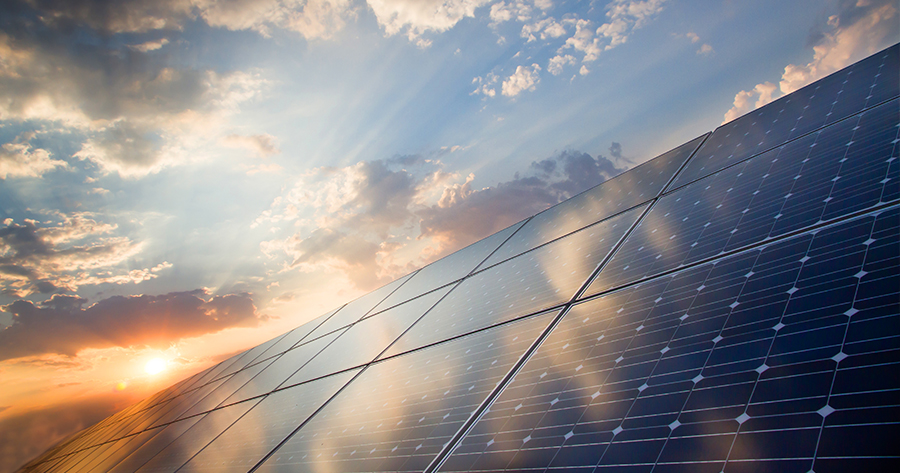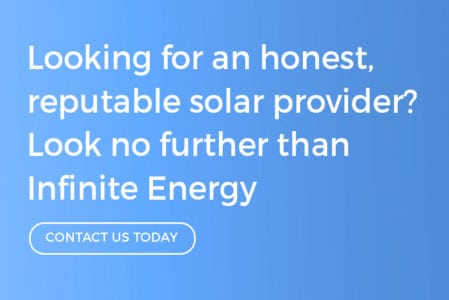FAQ: How the New Emergency Solar Management Requirements Will Affect You

Western Australia is leading the way for solar installs with at least 412,061 solar power systems installed across WA as of 2021, which Is roughly 1 in 3 WA homes that have installed solar. As a result of this unprecedented uptake, the WA State Government is introducing the ability to manage rooftop solar exports in emergency situations that arise with very high levels of renewables, which could otherwise lead to instabilities in the power network.
This will mean that during an emergency event where too much power is being generated, generation from managed rooftop solar systems will be turned down or turned off completely for a period of time. During these times households will be able to use grid power as normal.
Why does rooftop solar need to be managed?
Very high levels of solar generation can present risks to the WA power grid at times of low load, often when generation from solar is high and electricity demand is low. Managing rooftop solar will prevent blackouts during times of low load, and in the future, as other measures are put in place, this new management method will not be required as often.
If you have solar, or are thinking about installing solar, then this announcement may make you reconsider your choices. But it’s not as detrimental as it sounds, and Infinite Energy is here to answer all your questions about how this new initiative will affect you.
Does this change apply to all solar power systems in WA?
This new capability will apply to new and upgraded systems installed from 14 February 2022.
If you already have rooftop solar you will not be affected by this change, unless you decide to upgrade your solar power system. It also only applies to solar power systems with an inverter capacity of 5kW or less, which is essentially all system that are on the Distributed Energy Buyback Scheme, or DEBS, so larger systems that are not on DEBS and commercial systems will not be affected.
When will the Emergency Solar Management Requirements be used?
This procedure will only be used in emergencies to prevent loss of power for consumers during these critical times, it is expected to be needed infrequently and only for short periods.
They will also only be utilised as a last resort when all other options to protect the power system, including turning off large-scale generators, have been exhausted first.
South Australia introduced similar capabilities in 2020 and since then households have been affected for about one hour in total.
Will I lose electricity / connection to the grid during these periods?
During an emergency event where your solar generation is reduced or switched off, it will not interrupt your power supply from the grid; only rooftop solar generation is reduced.
Can I opt out of this by not applying for DEBS when I install solar?
No, these changes will apply for all new DEBS-applicable systems, whether they are signed up for DEBS or not.
What happens if I want to add solar battery storage to my already existing system?
The addition of a solar battery with your solar inverter remaining 5kW or less, even if the solar system is not being upgraded, will trigger the need to comply with the requirements of Emergency Solar Management. Speak to your solar provider to see the implications this would have on your system.
Introducing these new measures means that greater levels of rooftop solar installation will be possible now and in the future. The WA state government has a long-term plan in the works to reduce the need for this emergency measure, including investment in storage, improving pricing signals, and allowing customer devices to provide energy services for payment.
Find out more about the Energy Transformation Strategy changes and how they may affect you, or you can speak to one of our experienced Energy Consultant by requesting a call-back here, or getting in touch on 1300 074 669.


